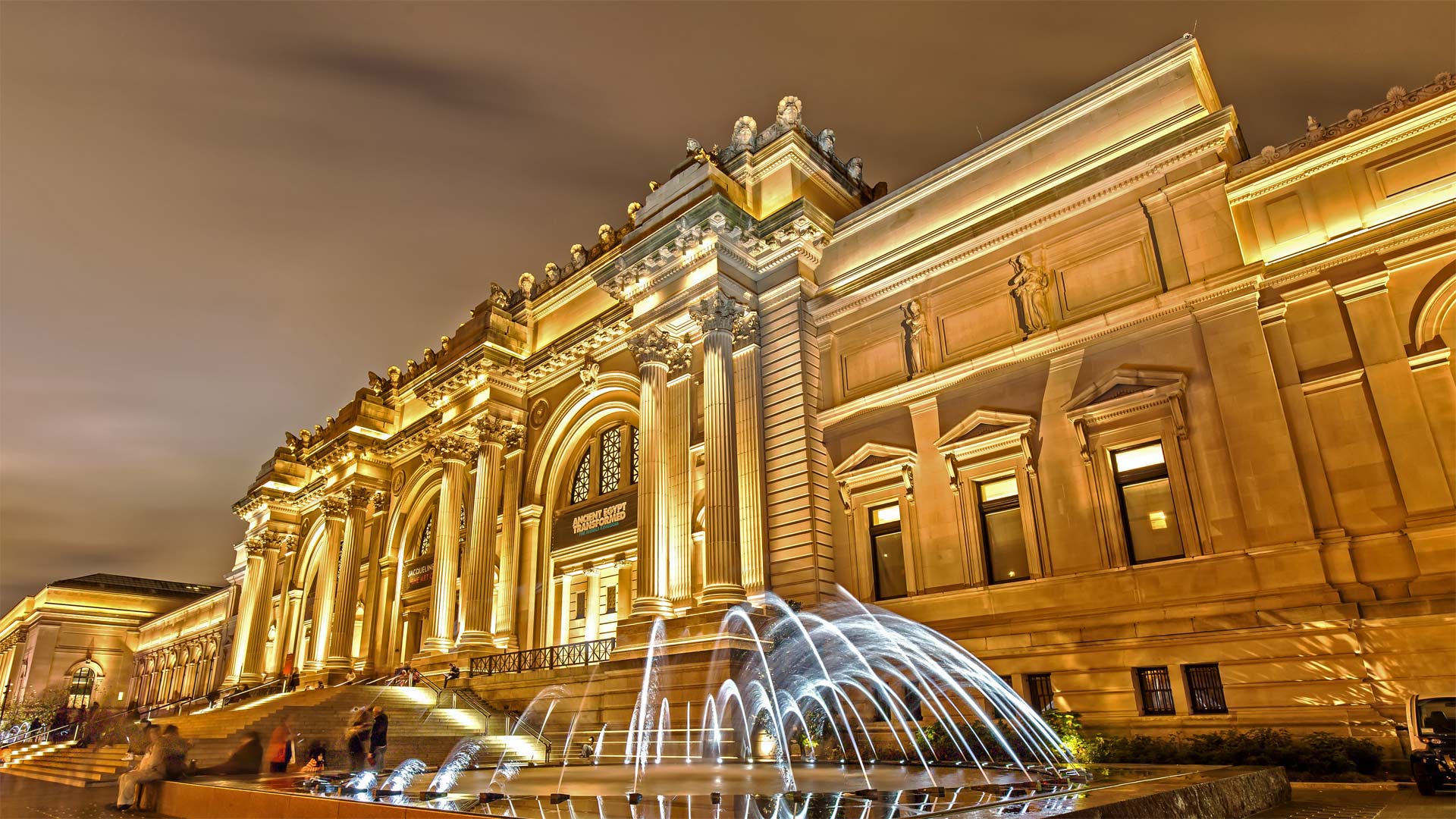In today’s globalized world, language barriers can often hinder communication and collaboration. However, with the rise of innovative translate technology, breaking down these barriers is now as simple as tapping a button.
Translate technology has seen a huge surge in popularity and utility in recent years, thanks to advancements in artificial intelligence and machine learning. These technologies have enabled the development of sophisticated language translation tools that can accurately and efficiently translate text, speech, and even images in real-time.
One of the most well-known examples of translate technology is Google Translate, a free online service that can translate over 100 languages. Users can simply type or speak a word or phrase, and the tool will instantly provide a translation. It also offers a camera feature, which allows users to point their phone at a sign or document in a foreign language and receive an instant translation.
Beyond Google, there are numerous other translate technology tools available, such as Microsoft Translator, iTranslate, and DeepL, each offering its own unique features and capabilities. These tools have become invaluable for travelers, businesses, educators, and individuals who need to communicate across language barriers.
Translate technology has had a profound impact on various industries, particularly in business and tourism. Companies can now easily communicate with international clients and partners without the need for costly and time-consuming professional translation services. Similarly, tourists can navigate unfamiliar destinations and communicate with locals more easily, enhancing their overall travel experience.
Furthermore, the rise of translate technology has also opened up new opportunities for education and culture exchange. Language barriers need no longer be an obstacle to learning, as students and educators can now access a wealth of knowledge and resources in different languages. This has also allowed for greater cultural exchange and understanding across borders.
Despite its numerous benefits, it is important to note that translate technology is not without its limitations. While these tools have made great strides in accuracy and fluency, they are not yet perfect and can still make errors, particularly with idiomatic expressions and complex technical language. Additionally, cultural nuances and context can sometimes be lost in translation.
Nonetheless, the development and refinement of translate technology continues to progress, and the potential for further innovation and improvement is promising. As the demand for seamless communication across languages grows, so too will the development of more advanced and reliable translate technology.
In conclusion, the rise of translate technology has revolutionized the way we communicate and interact across language barriers. With just the tap of a button, we can now access a world of languages and cultures, bringing us closer together in our increasingly interconnected world. As technology continues to advance, it is exciting to imagine what the future holds for breaking down language barriers.







